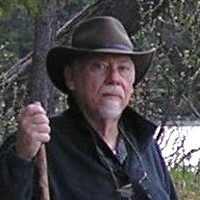
David Henry West lived in the midwestern United States and produced artwork from 1955 to 2006. He worked in multiple disciplines including painting, printmaking, photography and sculpture.

David Henry West lived in the midwestern United States and produced artwork from 1955 to 2006. He worked in multiple disciplines including painting, printmaking, photography and sculpture.
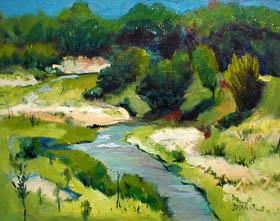
David H. West was born in Chicago (1933) and was adopted as an infant by Henry and Edna West. Henry, a carpenter and contractor, was Canadian and became an American citizen after serving in the US army during World War I. Edna, also an artist, was born in Iowa and studied at the Art Institute of Chicago as young woman.
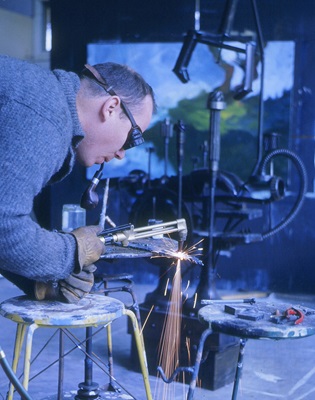
A heart condition prevented David from regularly attending school or participating in physically demanding activities. Consequently, he spent a great deal of time at home, reading, drawing, painting and building with the tools and materials that his parents made readily available. By the time he graduated from high school, it was clear that his interests lay in the arts and he enrolled at Chicago's Goodman Theater School.
Anticipating the Korean war draft, David left theater school, enlisted in the US Army, and was trained as a radio repair specialist. While stationed in Austria and France, he began painting and drawing with supplies sent in "care packages" from his mother. Upon discharge from the Army, with the GI bill in hand, he enrolled at the School of the Art Institute of Chicago.
At that time, art schools were experiencing a shift between the traditional art academy training methods and the unstructured influence of abstract expressionism. The mixture of rigorous technique, free and diverse exploration, and academic classes taken at the University of Chicago made for a very stimulating environment.
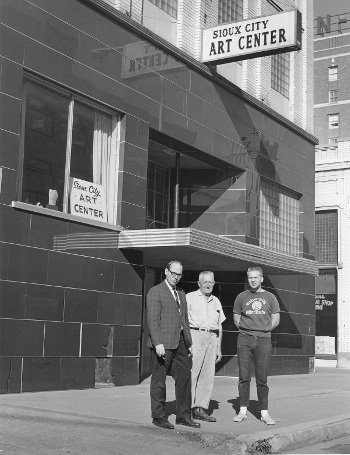
In 1959, he married Bonnie, and they moved to Rochester, Minnesota in 1960 to build a combined home and art studio on 40-acres of farmland. Soon after, their two children were born. To supplement a meager income, David became an itinerant art teacher in nearby Minnesota towns, all the while painting and making welded steel sculpture to sell at art fairs.
In 1965, he was recommended for the position of director of the Art Center in Sioux City, Iowa. He moved his family to Iowa and within his first year as director, he saw the Sioux City Art Center through its first period of expansion, moving from a storefront location to a building of its own.
David's resignation as Art Center director in 1972, marked his return to a more serious pursuit of painting and studio art. During the 1970s, he also became more involved in local political and cultural issues. He was a devoted city council watchdog, and was deeply involved in the politics of urban renewal, preservation, and renovation of the cities downtown historic district.
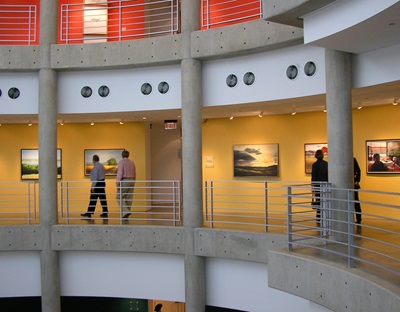
In 1982, he joined the faculty of Morningside College to help launch a computer-based graphic design program. He retired from full-time teaching in 1995, but continued to teach classes at local colleges and in Art Center programs. He also remained involved with the Sioux City Art Center, serving on the board of directors and later as chair of the Site and Design Committee for the new home of the Art Center, which opened in 1997.
Throughout his life, he was a prolific, working artist. In the 1960s, he painted mainly in an abstract expressionist manner. During the 1970s he produced many figure paintings, drawings and painterly abstractions. Travel to Europe and around the United States and Canada in the 1980s, sparked his interest in landscape painting.
In early summer 2006, David was diagnosed with cancer and he died in September of that year.